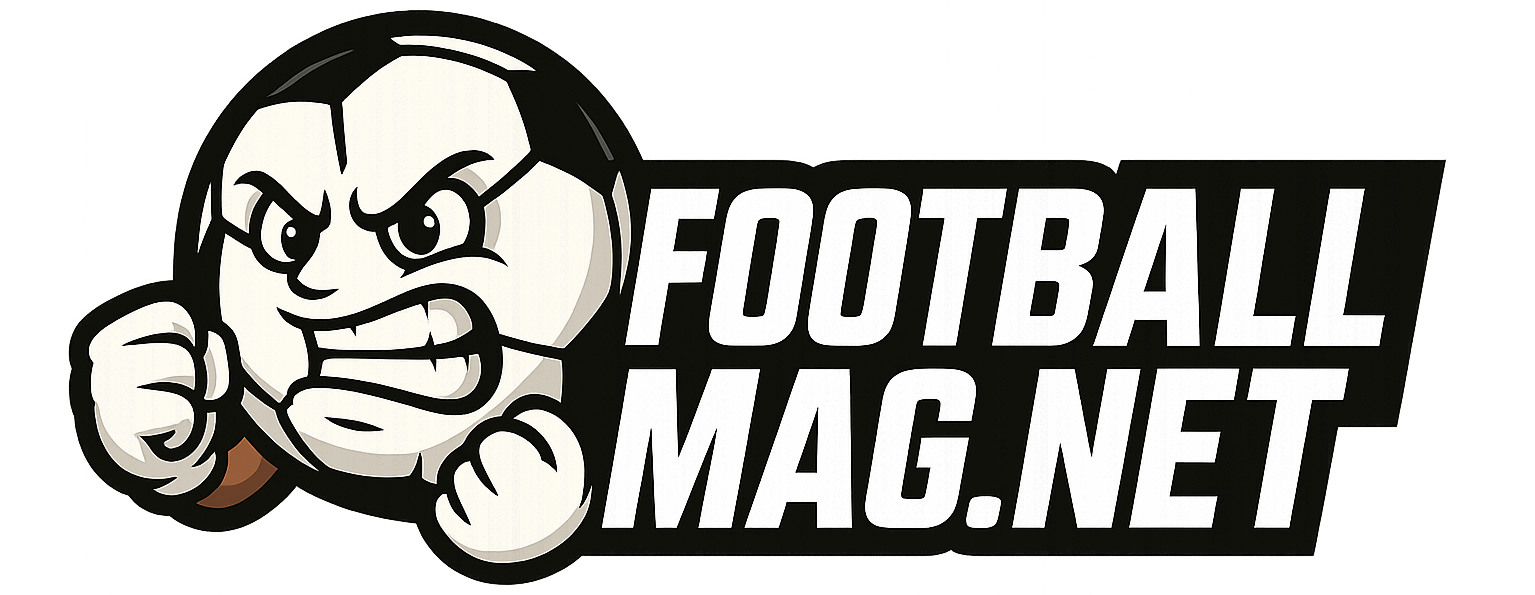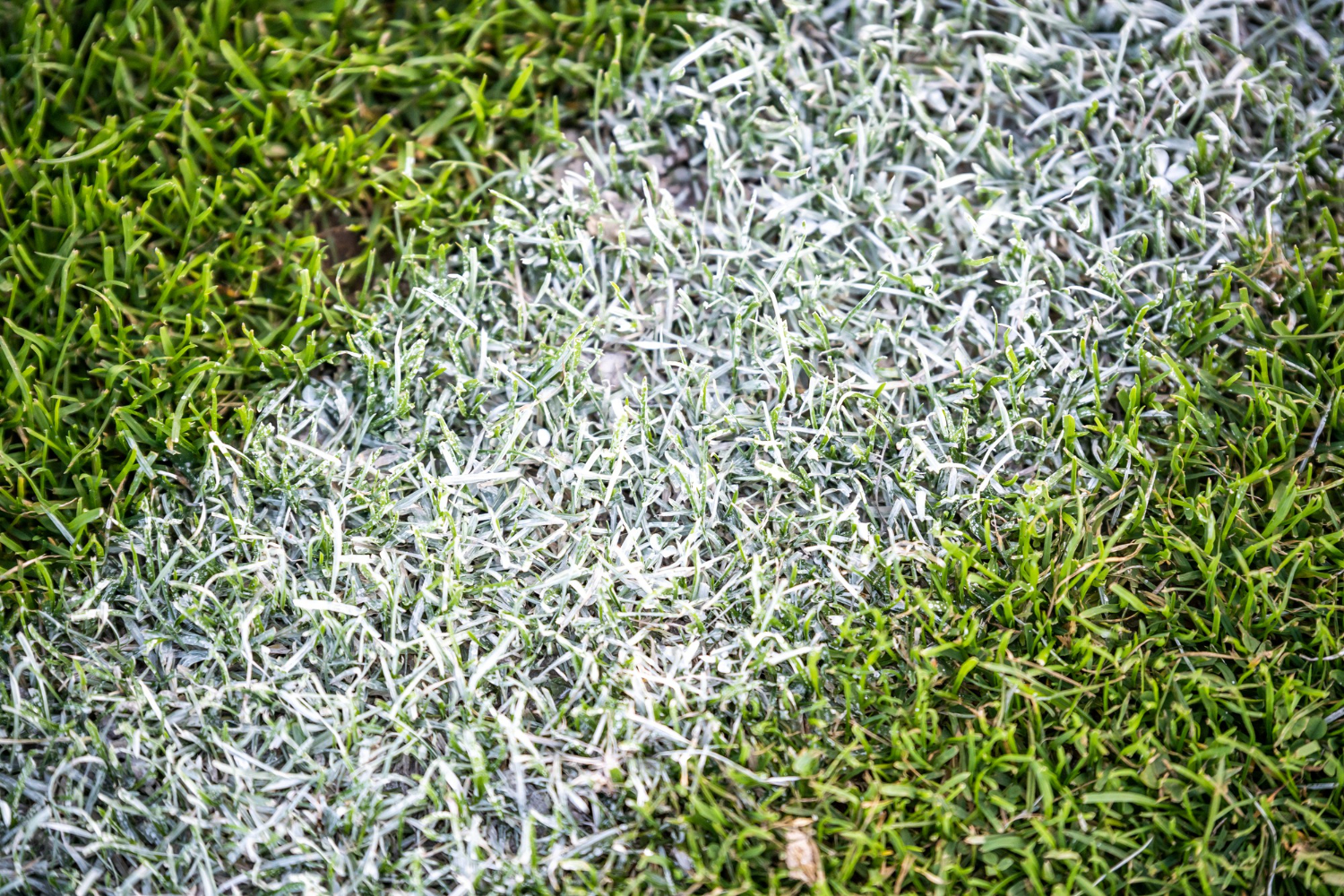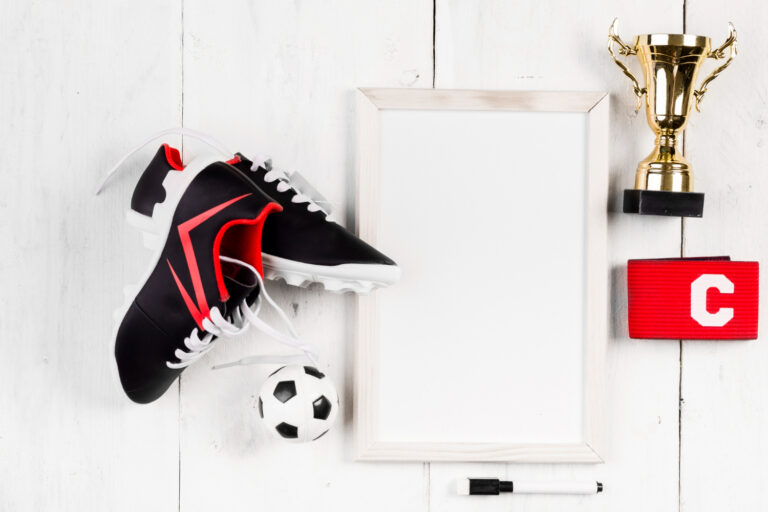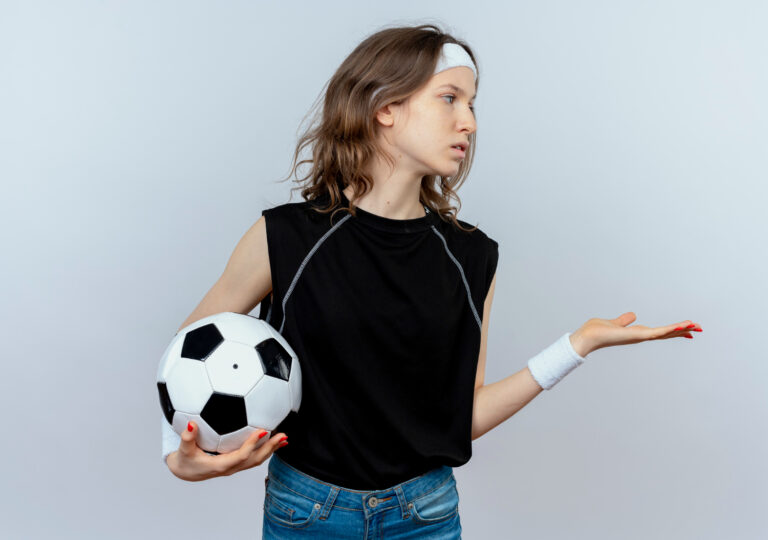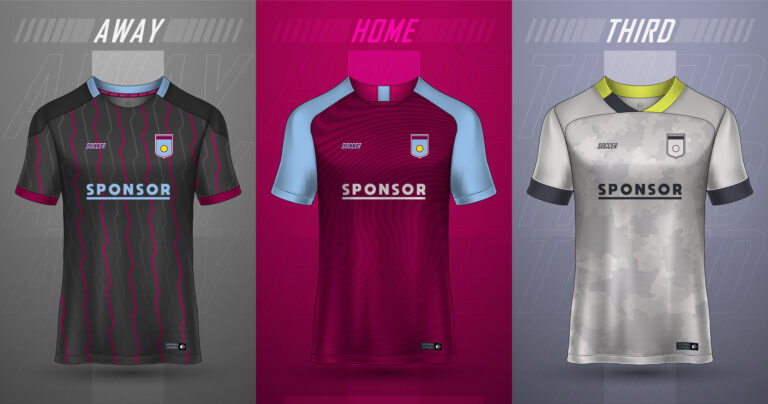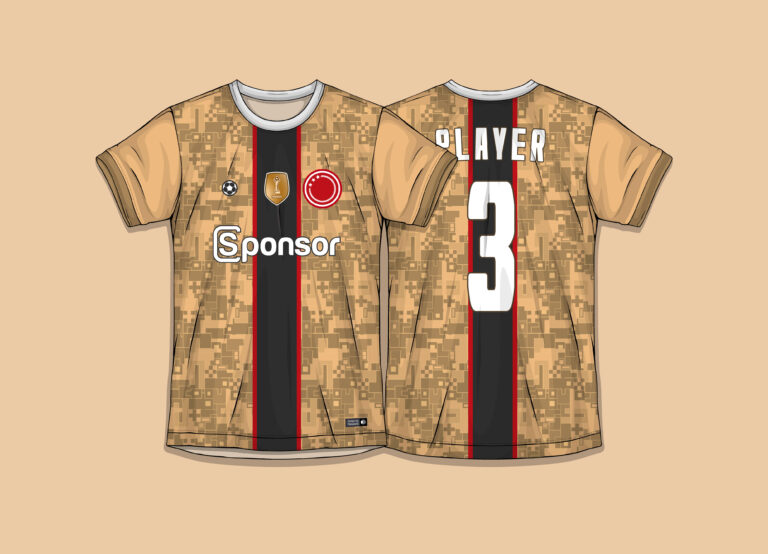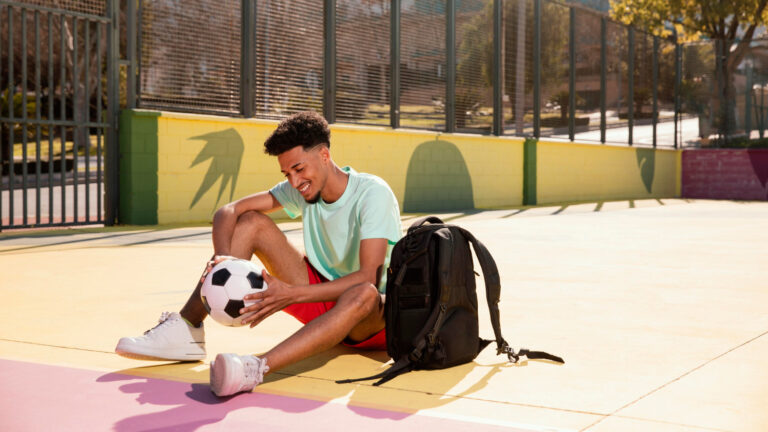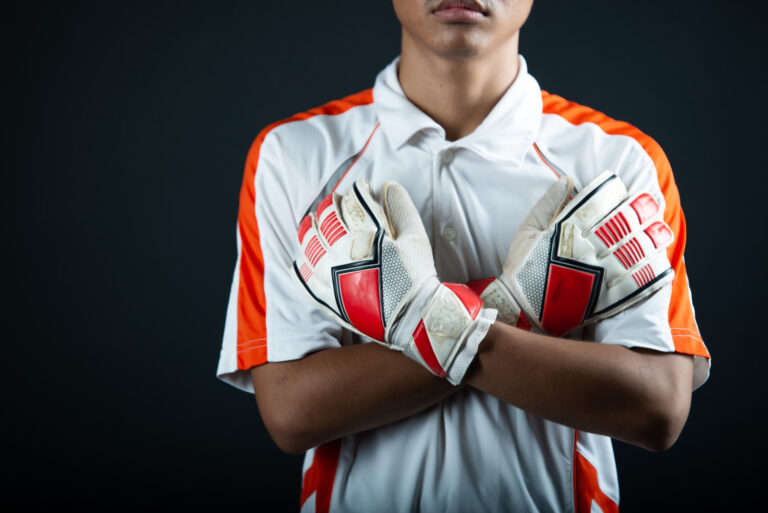Tech Meets Turf: The Smartest Gear in Football
Football may be a game of instincts and raw talent, but in today’s world, innovation is rewriting the rules. From the boots on a player’s feet to the data streaming behind the scenes, technology has become a silent force on the pitch. The smartest gear in football is no longer limited to flashy kits or designer cleats, it’s a well-calibrated network of performance-enhancing tools reshaping how the sport is played, trained for, and even watched.
What once was a game dictated solely by the grind of practice and the pulse of the crowd is now supported by cutting-edge wearables, intelligent equipment, and even AI. And for someone like me who lives and breathes football, diving into the latest tech is not about chasing trends, it’s about understanding where the game is heading.
Let’s unpack the smartest gear making waves in football today, from high-tech boots to AI-driven cameras and smart apparel that goes far beyond aesthetics.
Smart Boots That Talk Back
Boots have come a long way from the leather-heavy models that ruled the game decades ago. Today, several brands are embedding chips and sensors into their footwear, creating boots that do more than grip and strike. They collect data.
Adidas’s miCoach system set the early tone, allowing players to track distance, top speed, and work rate, all from inside their boots. That kind of data wasn’t just for show. It let players, and coaches, refine how they approached a match or a training session.
These days, boots like the Nike Phantom GX and Puma Future Ultimate incorporate materials designed to respond to pressure and impact. Some even include micro-sensor layers that gather movement data in real-time. For pros, this means an edge in performance feedback. For amateurs, it’s a peek into the kind of insights that used to be reserved for top-tier analysts.
GPS Vests: Tracking Every Move
Once confined to high-performance labs, GPS vests are now a common sight even in amateur and youth training grounds. These lightweight vests, worn under jerseys, house a small tracking device at the back that monitors everything from sprints and acceleration to heart rate and fatigue.
Catapult, STATSports, and Playermaker are some of the leading brands providing GPS gear that allows teams to quantify exactly what a player is doing during a session. Coaches no longer rely solely on visual assessments. They now have hard numbers to compare effort levels, recovery rates, and even injury risk indicators.
What makes these vests even smarter is their integration with mobile apps. Players can check their data post-training and adjust their routines based on what’s working and what’s not. It bridges the gap between guesswork and calculated performance.
Smart Balls That Know the Game
Yes, even footballs are getting an upgrade.
The Adidas Al Rihla, used in the 2022 World Cup, was embedded with a sensor that could relay data at the rate of 500 times per second. That sensor tracked every touch, spin, and movement of the ball. This information was then used for instant offside decisions and better VAR integration.
Training balls have also joined the revolution. DribbleUp makes smart balls that connect to an app and use augmented reality to guide training drills. Players can practice dribbling or shooting in their backyard, and the app will give real-time feedback on technique and accuracy.
This kind of smart ball tech levels the playing field. It allows solo players and youth athletes to refine their skills without needing an expensive academy setup.
AR and VR for Smarter Training
Virtual reality and augmented reality are no longer limited to gaming consoles. Football clubs are investing heavily in immersive technology that can simulate game-day conditions without even stepping onto the field.
VR headsets allow players to re-watch scenarios from their own point of view, helping them make better decisions in real matches. Coaches use this tech to run through tactical sessions where players can study formations, spacing, and movement without the need for physical exertion.
AR, on the other hand, overlays digital elements on real environments. Think of a striker practicing finishing drills with a virtual goalkeeper who moves and reacts like a real one. This allows for more reps in less time, all with adjustable difficulty and without the need for extra staff.
Companies like Rezzil and Beyond Sports are leading the charge, creating training programs used by elite clubs and national teams around the world.
Wearable Recovery Devices
Smart gear isn’t just for action, it’s also reshaping how players recover.
Normatec compression boots, Therabody’s massage guns, and Whoop straps are making it easier to track and optimize recovery. These devices measure strain, sleep quality, and muscle recovery in ways that were previously impossible outside of a medical lab.
The Whoop strap, for example, provides detailed feedback on heart rate variability, sleep stages, and readiness to train. Players can tweak their schedules and diet based on recovery scores, avoiding burnout and reducing injury risk.
It’s not just recovery that’s benefiting from tech. These devices create a holistic view of an athlete’s lifestyle, training doesn’t stop at the final whistle anymore.
AI Cameras and Tactical Analysis
Gone are the days of manually recording matches and scrubbing through footage for hours. Smart AI-driven cameras like Veo and Pixellot can follow the ball automatically, tag key events like goals or fouls, and create instant highlight reels.
These tools allow coaches and players to break down games from multiple angles. You can study pressing patterns, defensive shapes, or attacking combinations with the kind of precision that was once reserved for professional broadcasting teams.
What’s most impressive is how accessible this tech has become. Even amateur teams can afford to use Veo’s subscription model to record and analyze their matches. It opens up a whole new dimension to grassroots coaching.
Smart Goalkeeping Gear
Goalkeepers haven’t been left behind in the tech race. Smart gloves now include pressure sensors that track grip force and save dynamics. These gloves can tell you how firmly you’re holding the ball, how your positioning affects reaction time, and even suggest drills based on performance.
In addition, VR training tools for keepers are growing rapidly. Programs simulate penalty scenarios or reaction drills in 360 degrees, letting keepers train their eyes and decision-making without risking injury or overuse.
Smart headgear has also entered the picture. Brands like Storelli offer headbands with impact sensors that track head trauma risk during training or matches. These tools are being used to monitor and prevent concussions, a growing concern in modern football.
Real-Time Communication Systems
Some of the newest wearable devices are aiming to improve communication on the pitch itself. Tactical vests and wristbands with vibration alerts allow coaches to send signals to players discreetly, especially in noisy stadiums or practice sessions.
This kind of non-verbal communication allows teams to stay tactically disciplined even when players can’t hear instructions. It may sound futuristic, but trials are already underway in lower leagues and academies, and adoption is growing.
There’s also growing use of bone-conduction communication devices embedded in headbands, allowing players to hear coaches or even teammates without blocking environmental sound. The military has used this tech for years, and now it’s stepping onto the pitch.
Smart Apparel and Biometric Monitoring
Compression gear that reads your body like a dashboard? That’s no longer a fantasy.
Companies like Hexoskin and Athos have developed smart shirts that include embedded sensors capable of tracking muscle activation, breathing patterns, and posture. This gives coaches insight into how players are moving, how efficiently they’re using their bodies, and when fatigue is beginning to affect form.
This type of smart apparel is still expensive, but its benefits are obvious. It allows trainers to adjust workouts, improve mechanics, and prevent overtraining injuries, all based on live data.
Even hydration is going high-tech. Wearable hydration patches can alert players when they’re nearing dehydration, long before symptoms become obvious. That’s critical during hot-weather matches or extended training camps.
Fan-Level Smart Gear
While the bulk of smart gear is made for players and teams, fans haven’t been left out. Smart jerseys are becoming a trend. These garments have NFC chips embedded in the fabric, allowing fans to tap their phones for exclusive content, digital memorabilia, or game-day upgrades.
Adidas and Nike have both experimented with jerseys that unlock behind-the-scenes videos, virtual player messages, and real-time stat overlays during live games. It adds a new dimension to fandom, blending tech and tradition.
Smart scarves with built-in microphones and vibration sensors are also being tested to measure crowd noise and sentiment. Clubs can then use this data to track fan engagement and even adjust matchday experiences based on the mood of the stands.
Where It’s All Heading
The fusion of tech and turf is just getting started. As AI advances, machine learning will likely create even smarter training environments. Wearables will shrink. Data will get more refined. And players at all levels, from weekend warriors to Champions League stars, will have access to tools that were once unimaginable.
But amid all this innovation, one thing hasn’t changed: football is still about the passion, the grind, and the moments that matter. Technology doesn’t replace the game, it enhances it.
As someone obsessed with football’s future, I’m excited to keep exploring this intersection. The smartest gear in football isn’t about looking cool or stacking gadgets. It’s about improving the game, one data point at a time.
